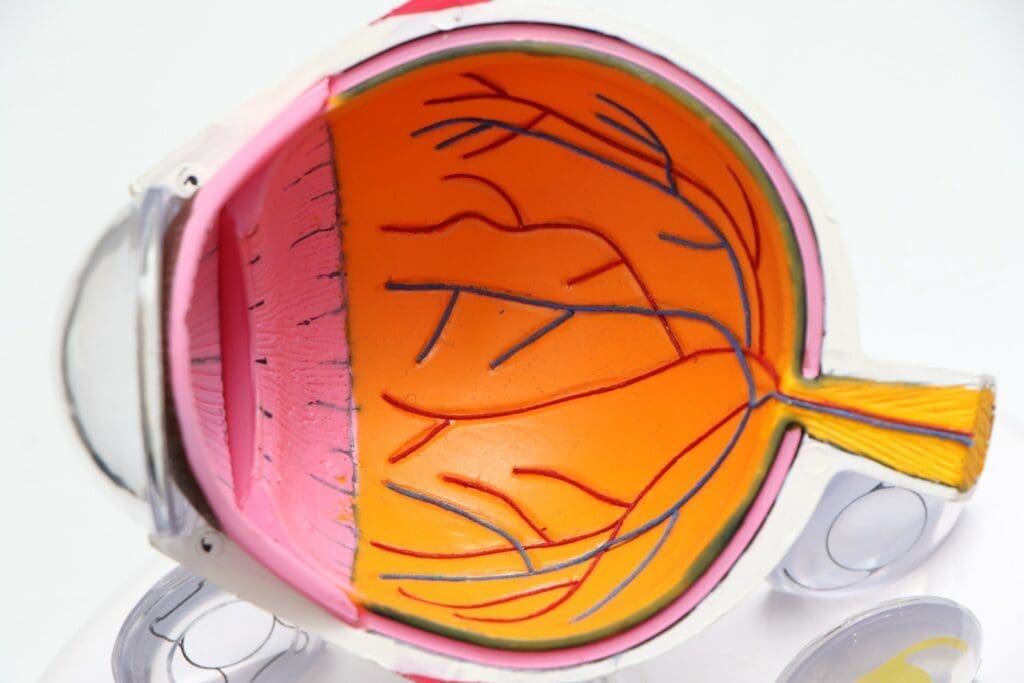A vitrectomy is a surgical procedure to remove the vitreous gel from inside the eye. The gel acts as the scaffold to allow the eye to develop properly.
Vitrectomy is also known as Pars Plana Vitrectomy (PPV).
FAQ
When do I need a vitrectomy?
A vitrectomy is needed if the vitreous gel breaks down and causes problems such as floaters, epiretinal membranes, macular holes or retinal detachments.
What does vitrectomy involve?
Microscopic instruments are used to remove the vitreous.
Tiny openings in front of the eye, each less than 1 millimetre, are used to introduce the instruments into the eye.
The removal of the vitreous is very gentle and it is then replaced by a solution of specially designed salt solution.
The eye then quickly and naturally replaces this with its own fluid.
Sometimes a gas bubble is applied to support the retina while it heals.
The procedure is typically performed under local anaesthetic, as a day case surgery and can be combined with a cataract or other retinal procedures. General anaesthesia is available.
How long is recovery?
Recovery usually takes around two weeks. You must avoid some tasks, such as driving and flying for a short period, if a gas bubbled is required.


